Heritage Portimão
Wanted by its unique features and excellent conditions, Portimão has always harbored humans who were here, others came and fought for these lands, others won here and made their homes. Portimão full of past history, living in the present and looking to the future.
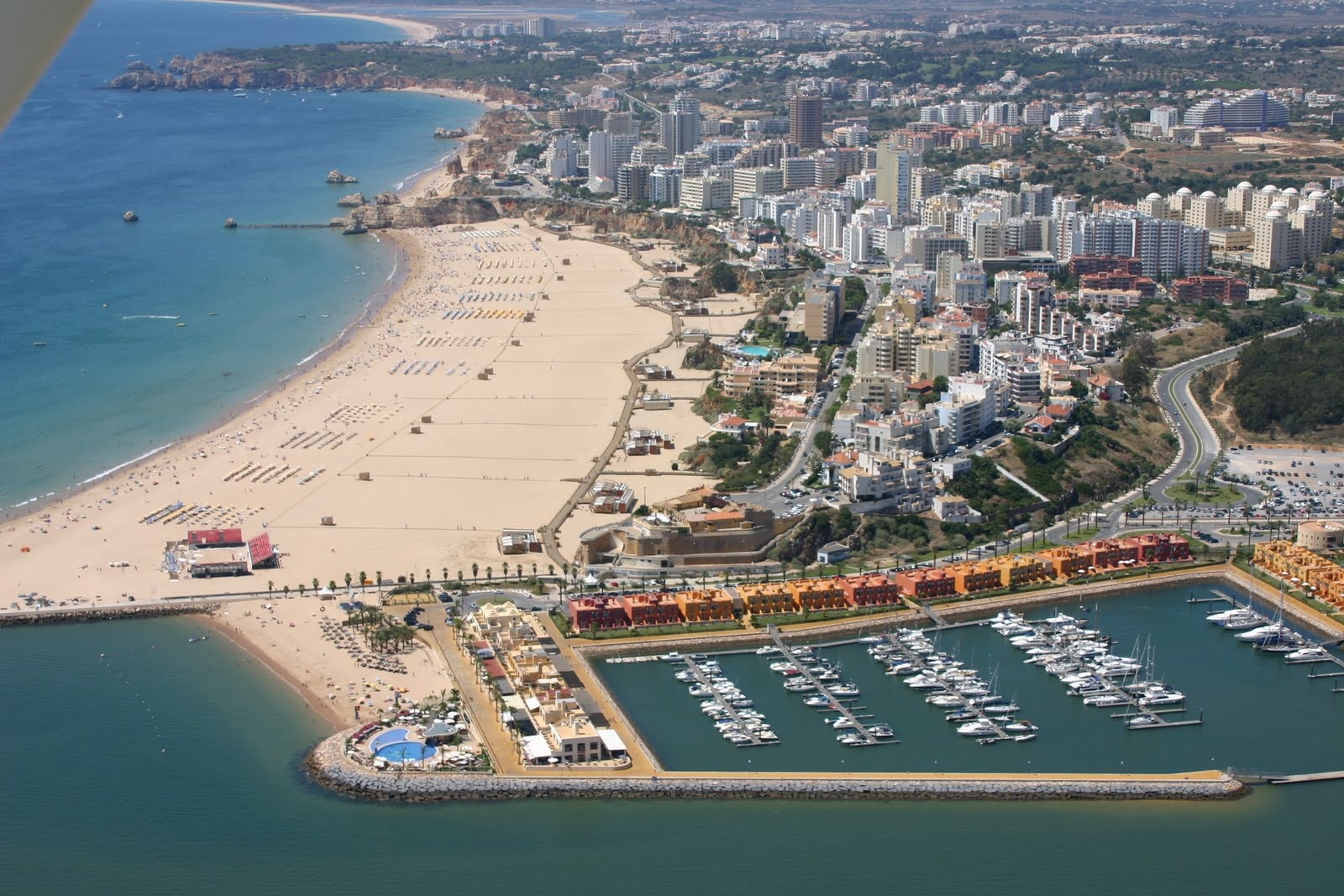
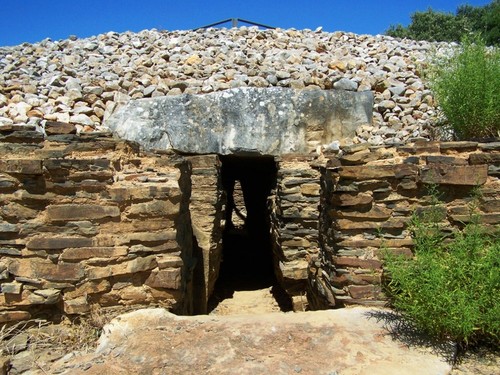
Place Alcalar – about 5,000 years, a prehistoric community settled and lived in this place, which established a village defended by walls, trenches and embankments, built homes, from which they built an important set of megalithic tombs. The remains found allow to know their way of life, his activities, of the occupation and use of this place. The relationship with death is reflected in the forms of construction of different types of tombs from the mass graves to the specially intended for heads and their families. Discovered and explored since the late nineteenth century, the megalithic monuments of Alcalar are classified as National Monument. Alcalar, two of these funerary monuments are open to the public and allow a direct contact with the processes and materials used in its construction.
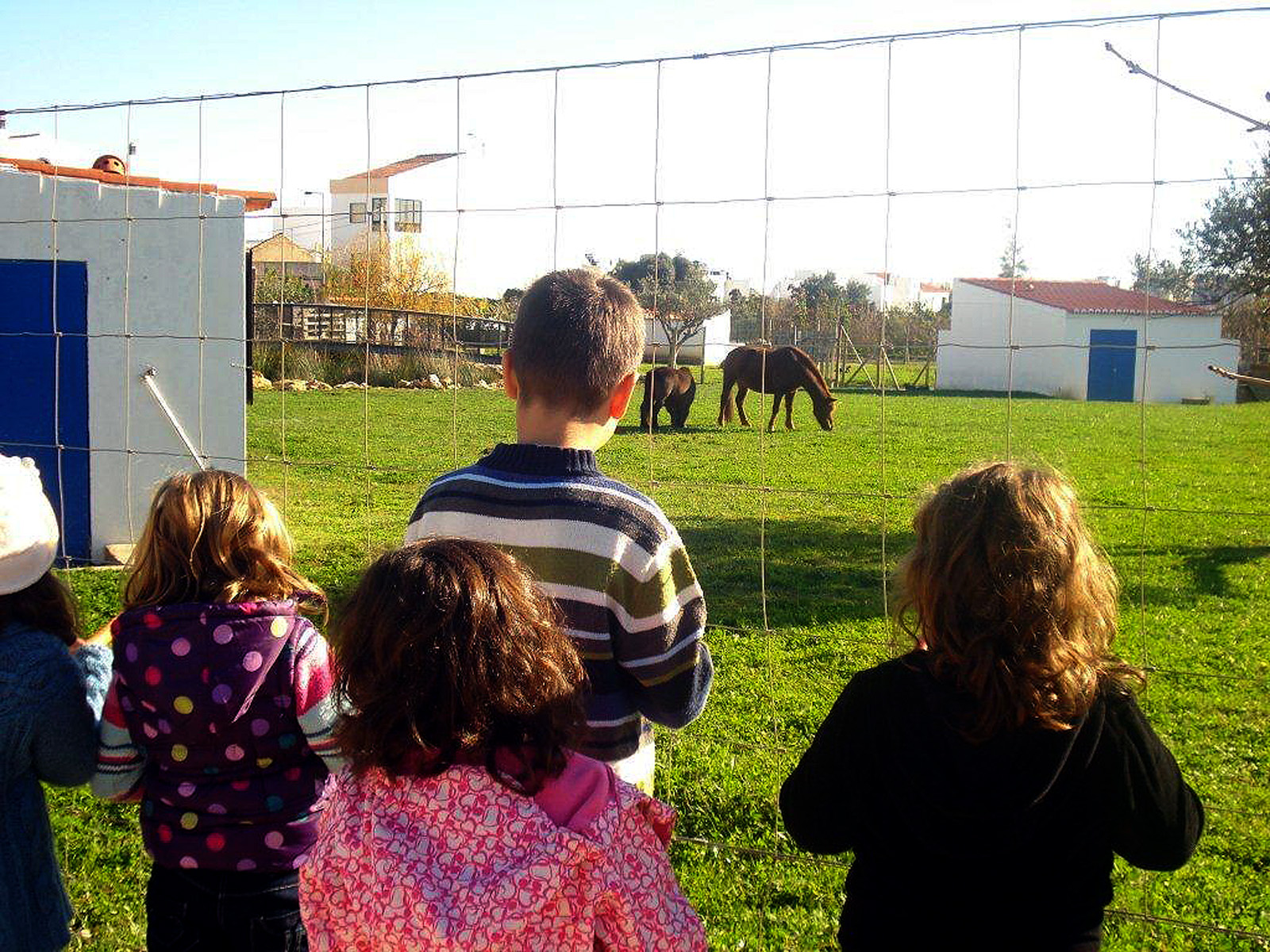
School Farm – one rapprochement space to the countryside, experience and values of rural areas as important for the growth of an urban population increasingly away from this reality. This farm brings to the city all that the field is good, all his teachings, all their life experiences.
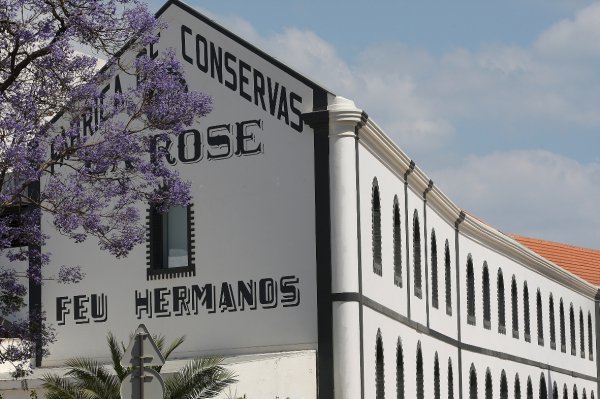
Portimão Museum – to observe closely some of the original parts, found in different monuments and the village, thus achieving a better understanding of the cultural legacy of this ancient community. To discover and get to know more about the life of these communities in prehistory, this museum has prepared a diverse set of activities: both guided tours a day in Pre-history; Sounds of nature; Hunters of prehistory; Builders of monuments; Pottery / Soenga; Weaving; Whittle Stone; Milling; Alcalar Interpretation Centre. It is open from 1 September to 31 July Tuesday to Saturday from 10h00 – 13h00 and 14h00 – 16h30, the last entry às16h15. 1 to August 31 from Tuesday to Saturday from 10h00 – 13h00 and 14h00 – 18h00, the last entry às17h45. Closing on Sundays and Monday.
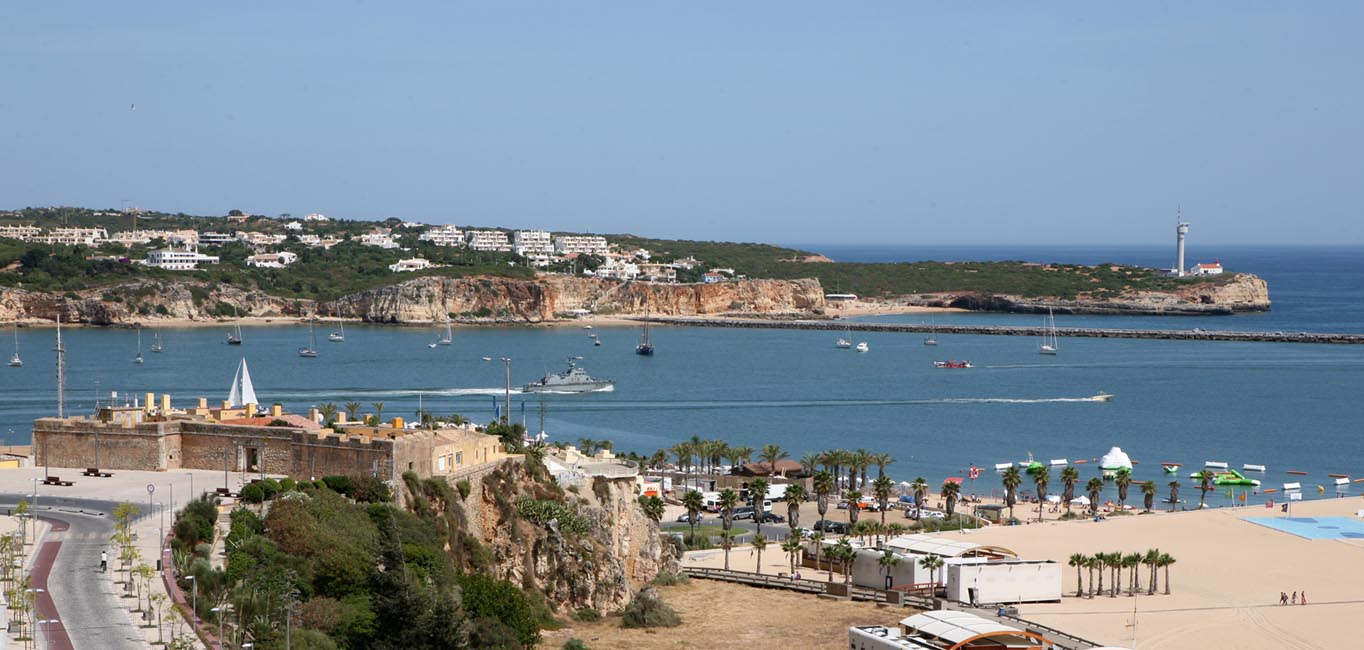
Santa Catarina Fort ou Santa Catarina de Ribamar fortress – a dominant position on a hill at the eastern end of Praia da Rocha, near the Arade River, this fortification defended the town and the Arade River bar cooperating with the Forte de São João do Arade on the opposite bank of the river in Ferragudo. During the Philippine Dynasty, this fort was built during the reign of Philip III, in the place where there was already a chapel dedicated to St. Catherine of Alexandria, which still remains the primitive Gothic portal inside. With the earthquake of 1755, this fortification suffered heavy damage. In the twentieth century it was occupied by the Maritime Police and the Fiscal Guard, and also served as a restaurant, café and ice cream parlor. Currently the strong dependencies are used as a place of leisure for tourists who demand the Praia da Rocha and the adjacent Marina of Portimão.
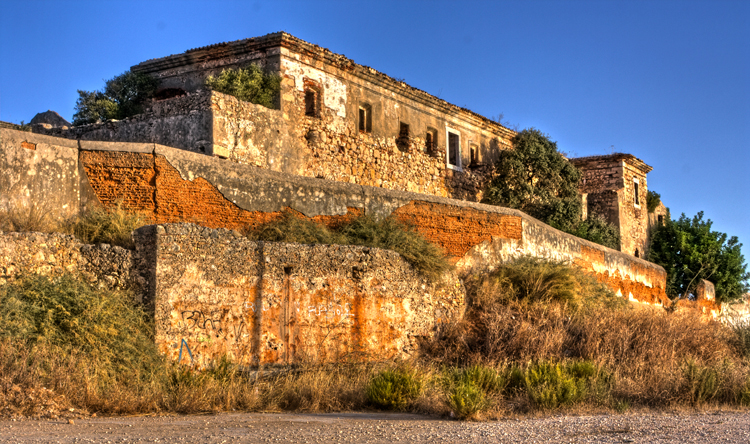
Convent of São Francisco ou Convent of Nossa Senhora da Esperança – former Franciscan convent of the sixteenth century, Manueline and Mannerist style, situated along the Arade river in the city of Portimão and currently is in a state of degradation. Founded in 1530 by Simon Correia, captain Azamor and important figure of the Algarve in the sixteenth time, this convent was born in a house donation made to the Observant Friars of the Franciscan Province of Portugal. Still unaware of the early life of this religious institution, since the establishment of the brothers just happened in 1541 given some divergences within the peninsular Franciscans. However, parish records archive 1734 allow to conclude that the convent building works began soon after its founding. In those same records relates that when the first friars arrived at the scene, found the church ever built; on the other hand, on the main entrance of the building there was a coat with the arms of Simão Correia, proving the personal commitment of the settlor in the building of the monastery complex. In the earthquake of 1755 took place the first great moment of destruction of the building, with the collapse of the church dome and numerous convent buildings, which led to the temporary transfer of the religious community to the Church of the Holy Body. Soon after the extinction of religious orders, the convent now has several functions that nonreligious, all of which contributed to its slow destruction. This convent has been classified as a Public Interest Property by IGESPAR.
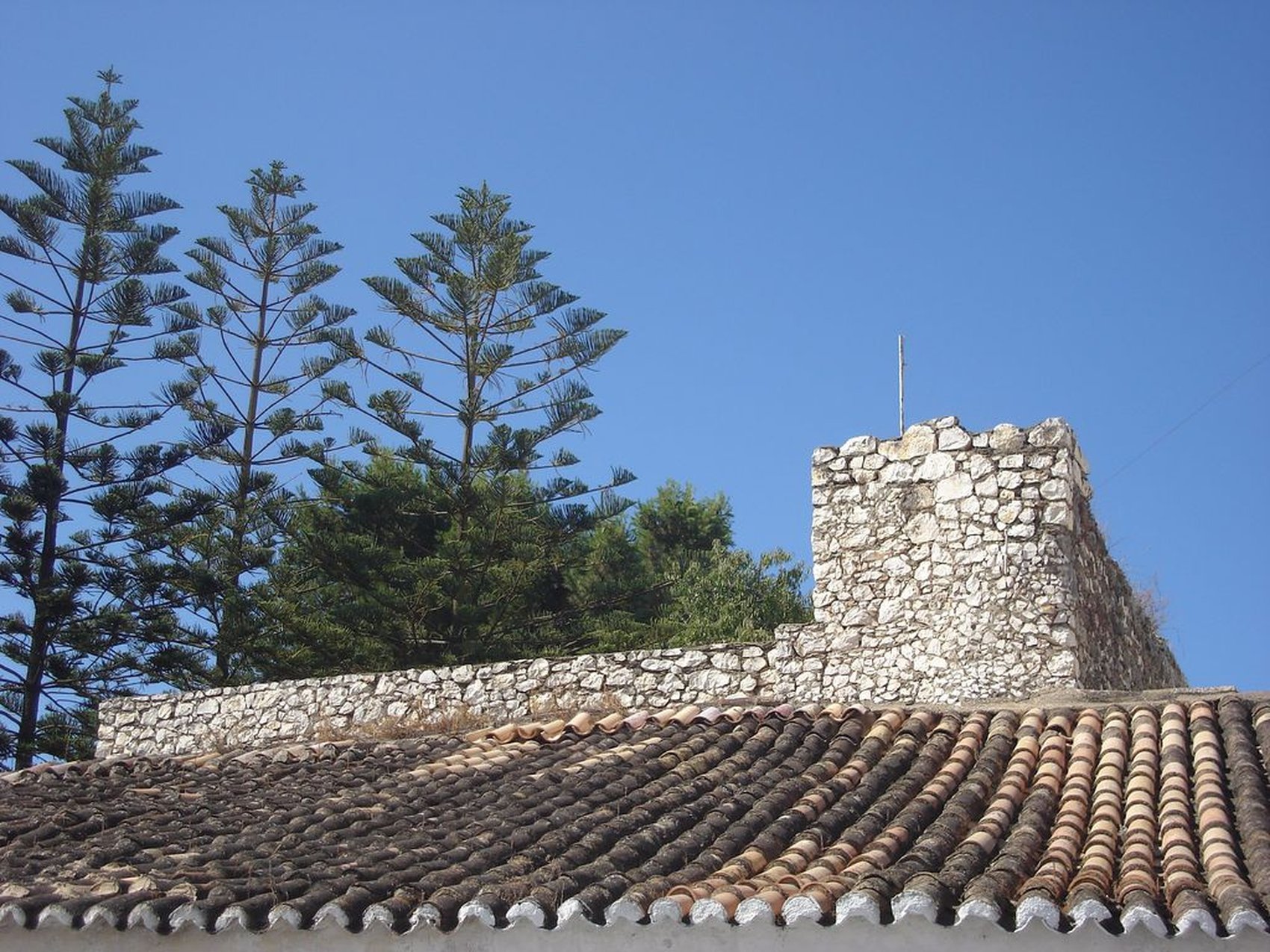
Castle of Alvor – also called Albur Castle or Fortress of Alvor, this is located in the village and the town of Alvor, Portimão county. In a dominant position on a hill, opposite the Atlantic Ocean, it is considered a significant military monument in the Algarve, with its history associated with the neighboring Silves Castle. A recent archaeological research, showed a primitive human occupation through an important pre-Roman fortified shopping center, which maintained its activity during the Roman occupation and after. At the time of Muslim occupation, the defensive system of the town deepened, although not yet fully understood by scholars: the defense provided by the Moorish castle was reinforced by complementary strongholds, between it and the sea. In the context of the campaign of conquest of Silves, D. Sancho I of Portugal tried taking Alvor since 1187. As later with the strengthening of a Crusaders armed from Denmark and Friesland who attacked and conquered the Castle of Alvor, anticipating the siege and taking of Silves Castle, depending on who enroll. The position of Silves was held by Christians until 1191. Although it has remained one of the main towns in the Algarve, due to the excellence of its cove here and died King John II, they were not found information about the evolution of military architecture the village and its castle. At the time of the Philippine Dynasty, the passage of the sixteenth century to the seventeenth, in the context of conflicts between Spain and the northern powers, the Algarve sea fortifications were modernized and strengthened. About Alvor, Alexandre Massai, Neapolitan military engineer in the service of Spain, said his defense was ineffective on the capacity of the artillery of the time, which contributed to the abandonment of the structure in favor of new fortifications, forces concentrators at points- keys of the south coast of Portugal. Faced with the loss of its defensive function, the castle was gradually surrounded by the town growth over the centuries, it has been falling in ruins. In the late twentieth century, the castle was classified as a Public Interest in 1984, and was turned into a children’s garden, commemorating the Christian conquest of the town.



